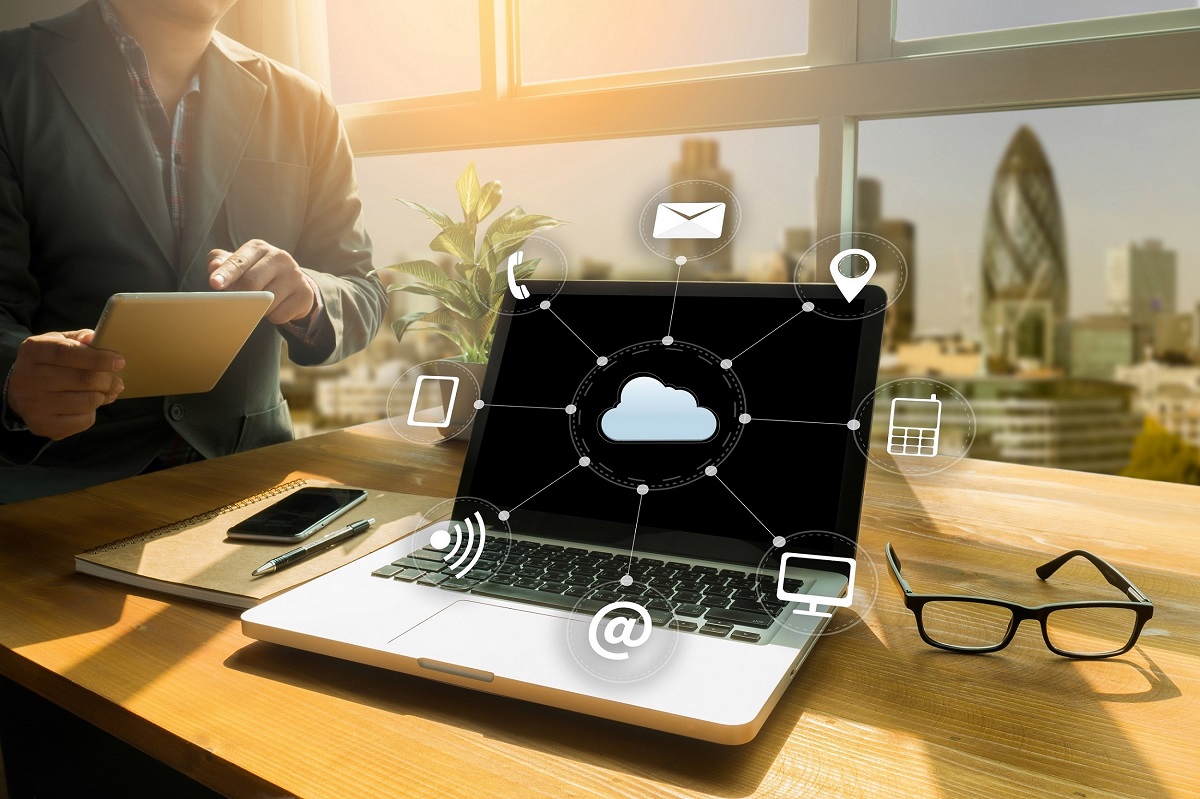Article by Han Chon, managing director, Nutanix ASEAN
The pandemic has completely rewritten the rule book when it comes to the workplace. After more than two years of total disruption, it’s clear we’re never going back to ‘business-as-usual’. Although enabling remote workforces might have started out as a temporary measure, the newfound freedom it provided workers means they don’t want to go back to the way things were. Hybrid working is here to stay.
A 2021 McKinsey report showed that work-life balance, flexibility and mental health are now front of mind for employees; and they want these issues prioritised in the workplace. Faced with a plethora of new employee demands, HR Managers are needing to implement new procedures and policies, in addition to new IT solutions, which enable a more flexible working environment.
IT may not have formed an integral part of the HR role before. But with the growing number of remote and hybrid workers, HR and IT have become inextricably linked. When legacy and poorly designed IT infrastructure compromises the employee experience, it impacts the core HR function. The issue HR Managers are facing, is that many of the IT systems put in place during the pandemic were done so in haste – a temporary, band-aid solution to keep businesses up and running in an emergency. But now, as organisations transition out of crisis mode and into ‘living with the pandemic’, those systems need to be re-evaluated and re-implemented in a way that better suits long-term organisational needs. And because the employee experience must be at the heart of those IT decisions, HR needs to have a say when it comes to IT infrastructure design.
Designing IT for employee experience
There is no doubt that a flexible, hybrid working environment will be a hallmark of the new normal. A 2022 PWC report shows that three quarters (74%) of Australian employees now want to work from home at least three days a week, and Gartner reports that organisations who demand employees return to a fully on-site arrangement are at risk of losing up to 39% of their workforce. This new way of working not only offers employees greater flexibility, but removing geographical constraints means businesses can benefit from access to a broader talent pool; plus fewer on-site staff can reduce real estate and operating expenses.
However, a highly effective and agile workforce isn’t quite as simple as letting employees stay home. In order to be productive, employees must have ease of access to corporate applications and resources and the ability to seamlessly collaborate with their teams. This requires an on-demand, secure cloud-based infrastructure that gives organisations the flexibility to scale up and back as needed.
Outdated technology and legacy infrastructure that can’t keep up with the demands of a remote workforce severely impacts the hybrid employee experience. Employees require high-grade solutions that provide an equality of experience no matter where they choose to work. Whether that’s easily accessible virtual workspaces or videoconferencing and collaboration tools, digital connectivity is critical to ensure that employees feel connected to their teams, and are empowered to perform their best. When it comes to catering for a hybrid workforce, there’s no one-size-fits all solution. HR managers need to understand different employee preferences and varying work styles, and use these insights to ensure IT infrastructure is designed with employee experiences in mind.
Keeping businesses and employees secure
Because hybrid work can lead to an increase in potential cyberattacks, more complex security measures are needed to keep both employees and critical business IP safe. However, many companies that face challenges with legacy or poorly designed infrastructure, are also faced with major security, business continuity and disaster recovery risks.
To overcome the security challenges of public cloud and remote environments, many organisations are instead turning toward hyperconverged infrastructures – a type of IT architecture which gives organisations the best of both worlds. Hyperconverged infrastructure allows businesses to continue supporting the agile demands of a remote workforce, without compromising critical data or the hybrid employee experience. For IT teams, it’s easier to manage and can be easily scaled up and down as needed, while for HR Managers, it ensures that employee experiences remain at the heart of the solution.
A people-centric digital transformation
In the future, there is no doubt we will look back on 2020 as one of the most pivotal years in modern history. Not only did the pandemic turn the entire world on its head, it has permanently altered the relationship employees have with their work; shifting the concept of work from ‘somewhere you go’ to ‘something you do’.
As businesses fast-track their digital transformation strategies to support a remote workforce, it’s important to remember that digital transformation isn’t just about the technology – it’s about improving the way work and the way we communicate. As organisations re-evaluate their IT systems, they should be doing so with a human-centred focus in mind. HR and IT need to join forces to ensure employee experience is at the heart of all IT decisions.
Source: FAQ

